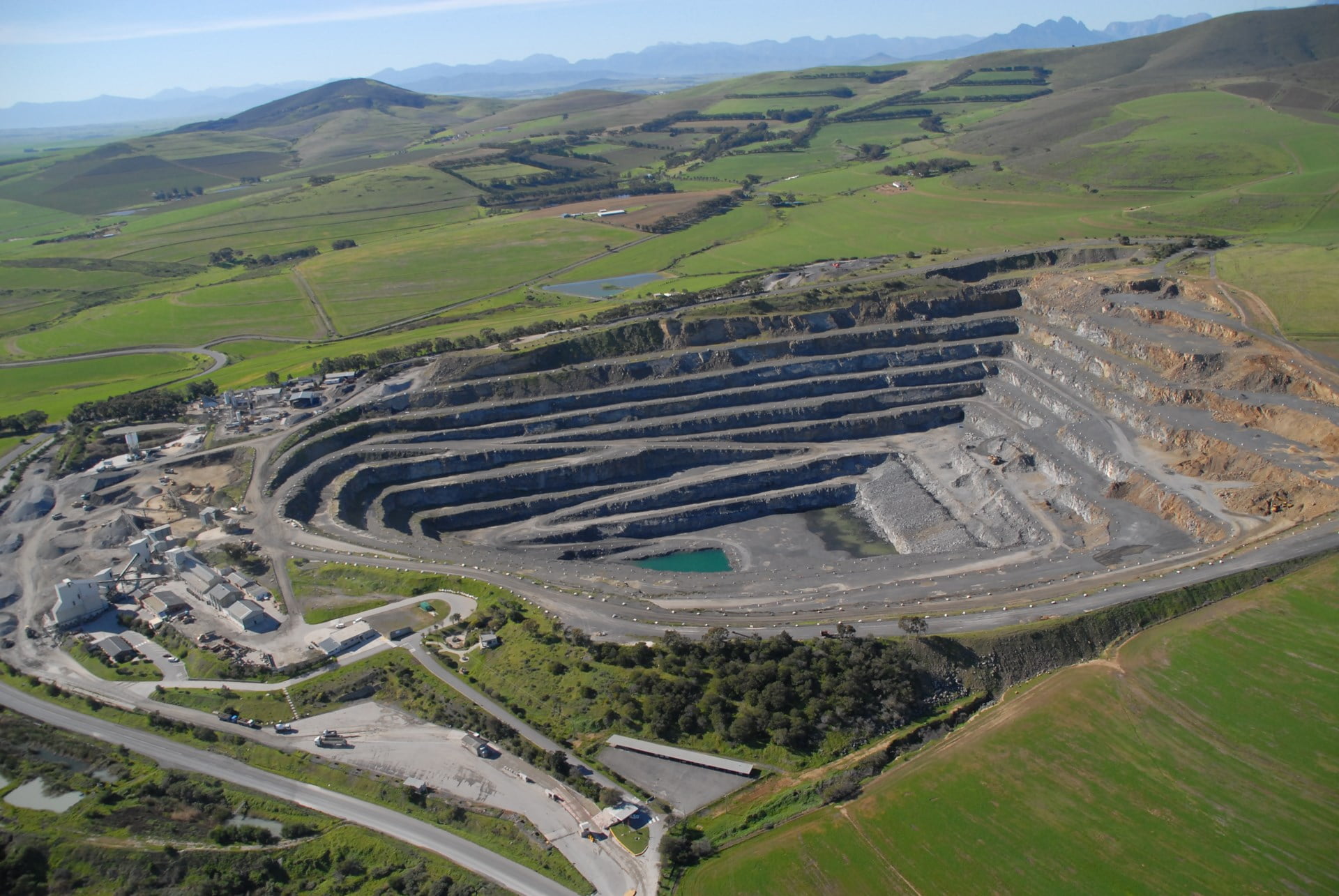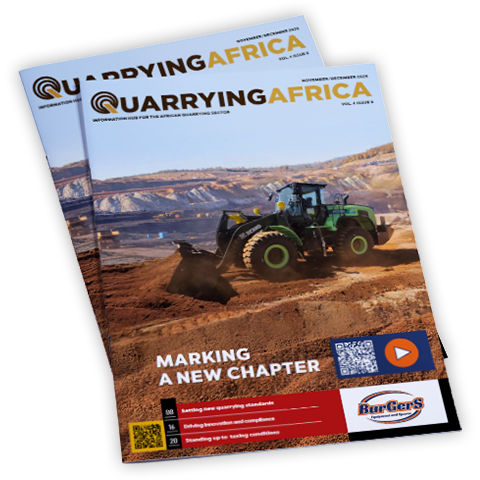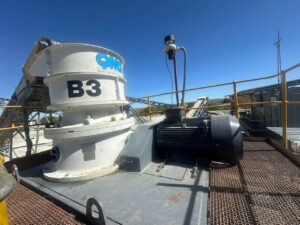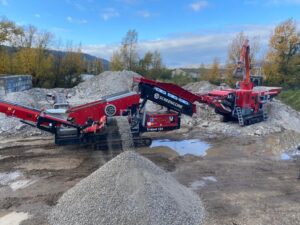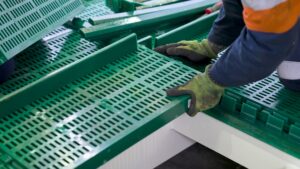At a time when the South African mining sector is battling high numbers of fatalities at operations, members of surface mining industry association, Aspasa, have reported no fatalities across their operations for the third year running. Central to this feat is the adoption of an advanced health and safety regime that has ensured that member operations lead the way as far as compliance is concerned, writes Munesu Shoko.
Without a doubt, mining is deemed one of the most dangerous jobs in the world. The International Labour Organisation estimates that 1% of the global labour force is involved in mining. Yet the industry accounts for 5% of on-the-job fatalities. It is for this reason that a global focus on health and safety at mining operations has gathered momentum over the years as the industry seeks to get its act together.
When talking about health and safety in general, it would be fair to shine the spotlight on South Africa, where the legacy from earlier attitudes to worker safety still resonates in the drive to continually improve safe mining conditions. Moving into a third consecutive year without a fatality, members of surface mining industry association, Aspasa, are surely leading the way as far as health and safety at operations is concerned.
The feat is remarkable, given that figures from the Department of Mineral Resources (DMR) still show a high number of fatalities at mining operations. While injuries decreased from 1 749 in 2017 to 1 358 in 2018, fatalities were on the rise, up from 51 to 81 during the same period. This was in contrast to the downward trend which saw fatalities falling from 112 in 2012 to 93 in 2013; 84 in 2014 and 77 in 2015; and 73 deaths in 2016.
Nico Pienaar, director of Aspasa, says he is pleased that the association’s members are playing their part in reducing injuries and fatalities as part of the industry’s journey to Zero Harm by 2020. Traditionally, Aspasa represented members in the sand and aggregates industry only, but in recent years membership has been broadened to include all surface mines. Currently, the association mainly represents members in the non-precious metal, stone and coal industries.
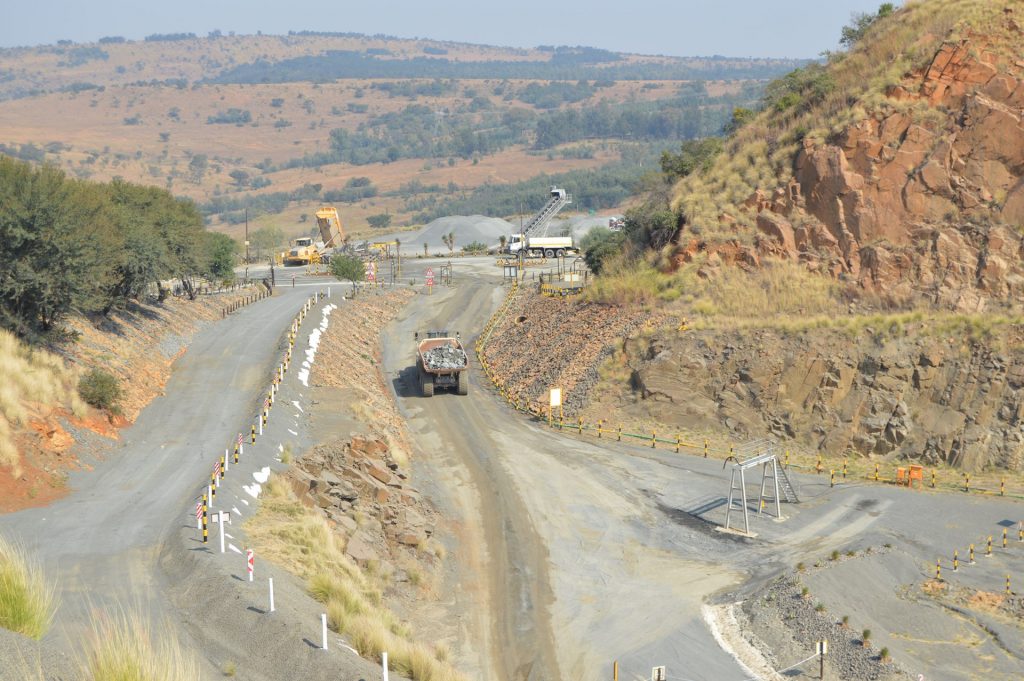
Success drivers
A key success driver is Aspasa’s strict health and safety regime, which ensures highest standards of compliance at member operations. Members need to adhere to strict health and safety standards for them to secure and maintain membership. “Some 20 years ago we started with our Health and Safety (ISHE) Audit for the industry to ensure that our members adhere to the most stringent health and safety parameters to ensure highest standards of safety at operations,” explains Pienaar.
“Our stance is that we don’t talk about health and safety; we do health and safety. There is so much talk about how best the industry can get to the bottom of safety incidents on site. However, as much as we agree that talking about it is the start, we believe that execution is what really matters. We believe in doing, hence the success of our member operations,” says Pienaar.
The Aspasa health and safety auditor visits about 100 member quarries every year. The audits look at two key areas; firstly, the paperwork, all the way from people to COPs; and the second part entails an intensive walkaround on site to determine areas of attention. “The walkaround is very crucial. It’s not only about trying to see what’s wrong; it’s also about getting things rectified immediately,” says Pienaar.
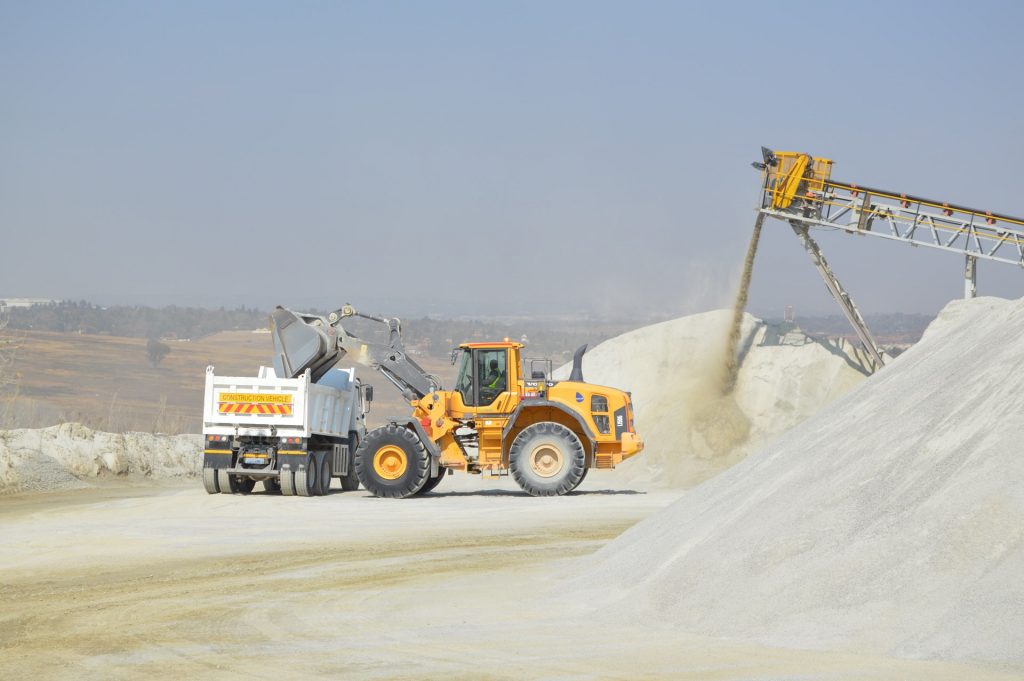
Based on ISO standards and adapted to cater for local requirements, the systems are audited annually, and non-compliances communicated directly to responsible persons on the mine. In the event of serious transgressions, the mine is given a fixed period of time to rectify the problem or have its membership revoked.
Pienaar adds that in recent years the audits have identified another area of key attention – skills development. In the past two years, Aspasa has since expanded its portfolio to include training. “For example, a quarter of Section 54s issued at operations are related to poor supervision. The audit has been tailored to look at that and we have since developed a training programme to help with supervision issues on sites.”
Ongoing workshops dealing with specific areas of concern as highlighted by the Department of Mineral Resources, as well as the industry and unions are also hosted by professionals in these fields.
There are three crucial things to Aspasa’s approach. “The first thing is that we keep companies up to date with the legislation. Secondly, we audit them and help them with observing issues, as well as their documentation. Thirdly, we offer training to our member operations to help close the skills gap,” says Pienaar. Although strict, Aspasa’s ISHE programme also highlights good achievements and it has become a prestigious feat to excel in the programme among member operations and health and safety professionals. Testimony to the spirit of continuous improvement is the constant achievement of high scores in the annual Aspasa audits. To give an idea, out of the 102 ISHE audits done during 2017, 16 operations achieved scores of above 90%. Another 26 operations achieved scores between 90% and 95%, while 40 other operations scored between 80% and 90%, to end on an average of 85,84%.
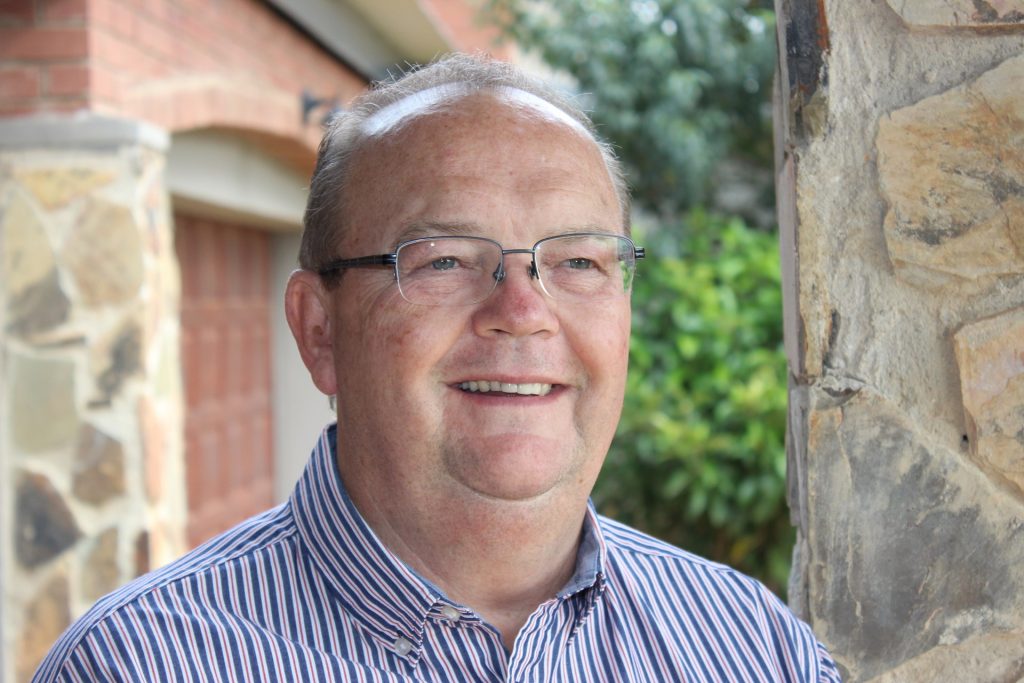
Voice of industry
Every year, Aspasa’s ISHE audit document is revised in line with new industry legislation. For example, the association has recently prioritised proper risk assessment and Traffic Management Plans for its members in line with the new Trackless Mobile Machinery (TMM) legislation.
Following the promulgation of the mandatory use of Proximity Detection Systems (PDSs), Aspasa has taken the lead in making sure its members with compliance. The DMR promulgated the use PDSs, collision avoidance systems (CAS) and motion inhibitors in December 2014.
Aspasa is currently engaging with the Minerals Council South Africa (formerly Chamber of Mines), original equipment manufacturers (OEMs) and small-scale mines to ensure the risk evaluation is done properly. This is aimed at having a user guide with precise specifications required for specific needs from a specific mine, and not off the shelve purchases. Four Aspasa small-scale mines have been selected to trial PDS units.
By now, every operation should have done its risk assessments on TMM to determine its level of risk – if it is significant there is need to install warning devices (proximity detection) but not CAS (collision avoidance systems). The deadline for collision avoidance systems was initially set for 2019, but has subsequently been pushed to July 2020.
“Aspasa plays an active role and takes the lead in formulating regulations and best practices that prevent injuries and save lives at member operations. Rather than bulldoze these into place, we work with the industry, the workforce and government to find workable solutions that not only prevent injuries, but contribute towards better practices on our mines,” says Pienaar.
“As a result of these efforts we are continuously approached by other sectors of the mining industry to represent them and have recently expanded from only representing quarries, to a much broader base. We were also recognised as being a world leader in the fields of health and safety by our peers in the Global Aggregate Information Network, which represents similar associations from across the globe including the United States, Europe, China, Australia and several other countries,” adds Pienaar.
In conclusion, Pienaar says Aspasa remains committed to the industry’s Zero Harm 2020 targets and continues to work tirelessly to help the industry achieve this goal.
Key takeaways
- Members of surface mining industry association, Aspasa, have reported no fatalities across their operations for the third year running
- A key success driver is Aspasa’s strict health and safety regime which ensures highest standards of compliance at member operations
- The Aspasa health and safety auditor visits about 100 member quarries every year
- Out of the 102 ISHE audits done during 2017, 16 operations achieved scores of above 90%
- Another 26 operations achieved scores between 90% and 95%, while 40 other operations scored between 80% and 90%, to end on an average of 85,84%
